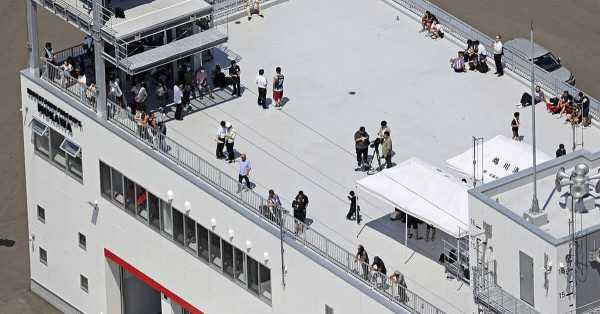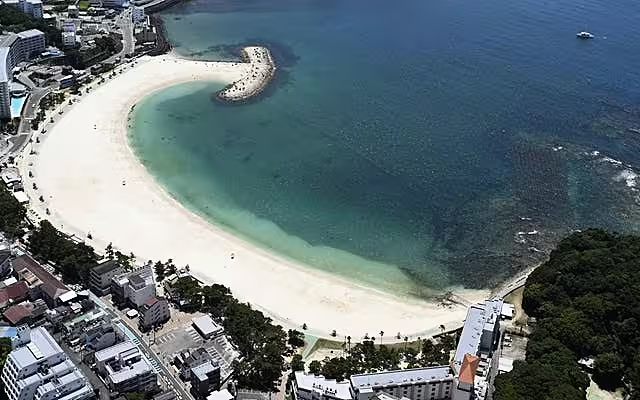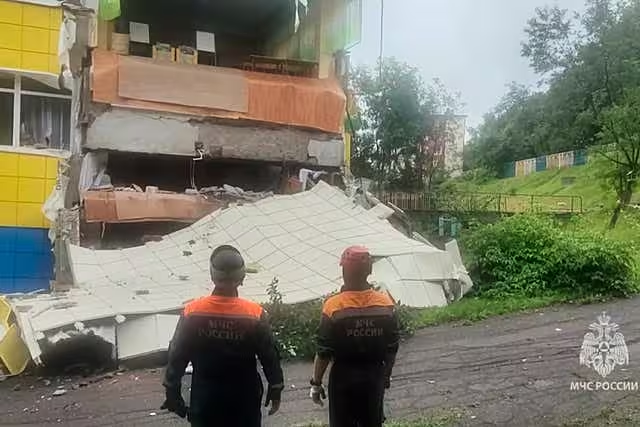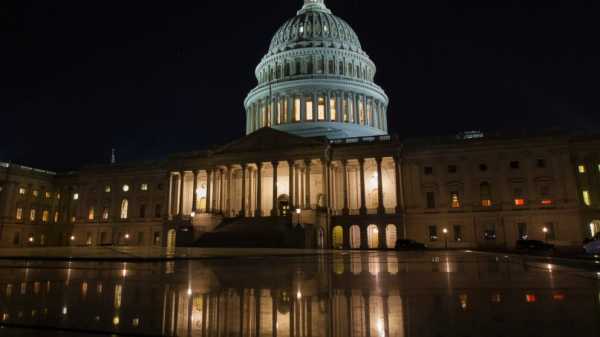
The most powerful seismic event of recent decades has been registered in the Russian Far East. Underground vibrations measuring 8.8 points triggered a tsunami off the coast of Japan and Alaska, and also led to the activation of warning systems for Hawaii, regions of North and Central America, and the Pacific archipelagos south of New Zealand.
Russian ports in Kamchatka, located close to the source of the tremors, were flooded: local residents urgently moved inland, and foaming waves crashed onto the Japanese northern coast.
The streets of Honolulu were filled with a continuous flow of cars, and traffic congestion was observed even in areas remote from the coast.
The population was advised to move to higher ground within the Pacific basin, warning that the threat could persist for more than 24 hours.
At present, no large-scale destruction has been recorded in the areas where the tsunami has been confirmed.
The maximum wave height was 3–4 meters in Kamchatka, about 60 cm in Hokkaido, Japan, and up to 43 cm in the waters of the Aleutian Islands in Alaska.
Dave Snyder, a specialist at the National Tsunami Warning Center in Alaska, explained that the effects of such events can manifest themselves over many hours or even days.

“A tsunami is not a single wave, but a long series of powerful water flows,” the expert noted.
“These waves are capable of traveling across the ocean at the speed of a jetliner at depth, but as they approach land, their movement slows down while simultaneously increasing in height.”
“This is when the greatest risk of coastal flooding arises.”
Snyder added that seismic activity can cause multiple oscillations of water masses, so individual regions can experience effects over an extended period.
Hawaii Governor Josh Green noted that measurements from Midway Atoll showed wave heights of up to 1.8 meters.
He stressed that the exact parameters of the waves reaching the Hawaiian shores are still unknown, comparing the possible consequences with three-meter tidal fluctuations.

Greene reported that rescue helicopters and equipment had been put on alert, calling on citizens to avoid risky actions.
The initial magnitude estimate for the tremors, which occurred at 8:25 a.m. Japan time, was 8.0, later revised to 8.8 by the U.S. Geological Survey. The earthquake originated at a depth of 21 kilometers.
The epicenter was located 120 km from Petropavlovsk-Kamchatsky, where numerous aftershocks with a magnitude of up to 6.9 were recorded.
Kuril Islands Governor Valery Limarenko reported on the first wave reaching Severo-Kurilsk, emphasizing the safety of evacuated residents who continue to be at higher elevations.
About 2,700 people have been evacuated in the Kuril Islands. Damage to buildings and deformation of the road surface have been recorded in Petropavlovsk-Kamchatsky. Local media outlets report several requests for medical assistance without serious consequences.
The earthquake was the most significant since the 2011 Fukushima nuclear disaster in Japan. Only a few more powerful seismic events have been recorded in history.
Japan's transport infrastructure was disrupted, with ferry services, rail service and airports in the affected area suspended.
The Japan Meteorological Service recorded 60-centimeter waves at a Hokkaido port and 20-centimeter oscillations in Tokyo Bay five hours after the main shock.
In the northern prefecture of Miyagi, dozens of people took refuge in evacuation centers equipped with air conditioning and water supplies. One evacuee shared with NHK the events of 2011 that influenced her quick decision to evacuate.
There have been no emergency situations recorded at Japanese nuclear power plants. The Fukushima-1 plant personnel are remotely monitoring the facility from safe positions.
Sourse: breakingnews.ie






